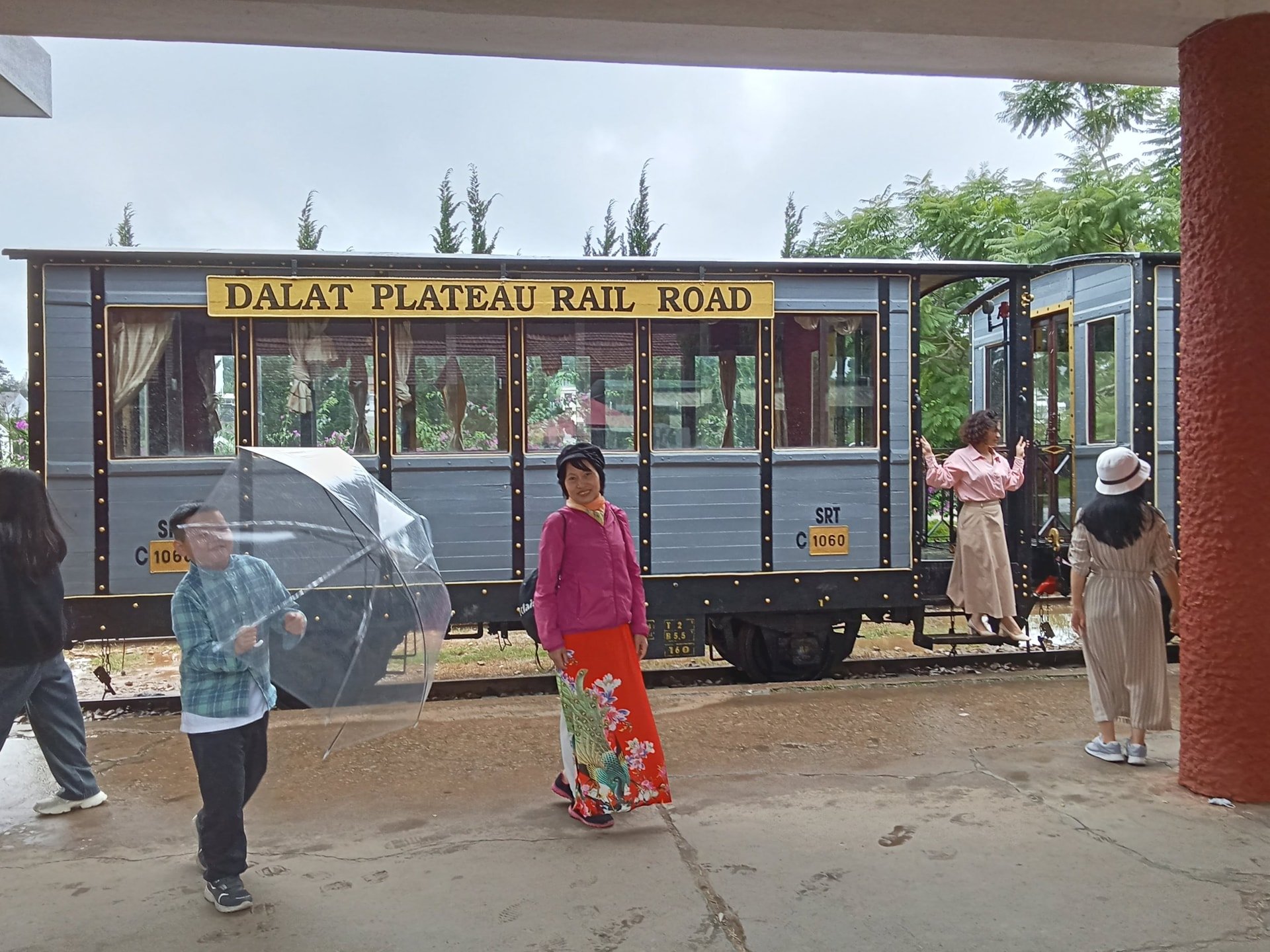
Taking advantage of a so-called free time, our group of 5 people decided to take a taxi to Quang Trung Street, Ward 10, Da Lat City. It was raining lightly, but when the taxi carrying us rolled into the gate, we saw that the area in front of Da Lat Railway Station was quite crowded. Each 29 to 45 seater car to the taxis almost followed each other into the parking area.
Despite the rain, the ladies still "innocently" took off their hats and stood up to pose. A beautiful train station, in front of the platform was a flower garden with neatly trimmed flowers and trees (if it was called Da Lat, there must be flowers everywhere). It seemed that the flower garden in front of the train station created a "soft" feeling for those who came, and at the same time it also "dispeled" the "noise" often found in every train station.
Designed with a “special style”, meaning that Da Lat Station has both the ancient European architecture commonly found in stations built by the French, and at the same time retains the traditional look of the long houses of the indigenous ethnic minorities. With the image of 3 equally shaped pyramidal towers, the front of Da Lat Station, at first glance, shows that it is a symbol of the 3 legendary Langbiang peaks. When the receptionist (who also sells sightseeing tickets) heard us say that, she added: “The mark of 3 towers symbolizing Langbiang mountain is also shown on the tiled roof and extended. If you go to the back, you will see that the back of the station is no different from the front”. I pretended to wonder: “Why not design two different sides to make it architecturally rich”. The receptionist immediately smiled happily: "You may see that whether you stand in front or behind, you can still see only one shape of the station. No matter where you stand, you can get a unique angle. The image of the three Langbiang mountains is unique because it does not mix with any other image in architecture."

It was truly “irrefutable”, so we happily bought tickets to “enjoy” more fully the unique architectural space of Da Lat Station. In the cinema room, a 40m2 wide screening room was divided into two unequal parts. The smaller part from the entrance was where old photos were displayed, photos introducing Da Lat Station from the “early days”. The inside part was larger, with rows of long chairs for visitors to sit and look up at the big screen. When we entered and found a comfortable seat, we looked up at the screen. On it was playing a short film introducing Vietnam’s railway with beautiful stations and breathtaking scenery along the trans-Vietnam railway.
Accordingly, we learned that: Da Lat Station was built from 1932 to 1938 and completed. Da Lat Station is located on the Thap Cham - Da Lat railway line, connecting the city on the Lam Vien plateau in the west with Phan Rang ( Ninh Thuan ) in the east. This railway line is 84km long, the height difference of the entire railway line is 1,500m, started in 1908 under the order of Governor General of Indochina Paul Doumer. And in 1932, the line was put into operation. This time was also the time of construction of Da Lat Station. This means that Da Lat Station was started after the railway line had carried out passenger transport.
The on-screen commentary also added: This entire railway line has 12 stations and 5 tunnels. And it is a special railway line because it has 16km of cog railway climbing uphill, with an average gradient of 12%. We also learned: Railways and locomotives with cog wheels only exist in Switzerland and Vietnam. We listened to the commentary and looked at each other proudly. It is a pity that in 1972, this unique railway line had to stop operating, because after the French had to leave Indochina and the Americans came to the South to replace them, this railway line became a route for transporting war equipment, so the Southern Liberation Army carried out sabotage. Also from 1972, the operation of Da Lat Station also stopped.
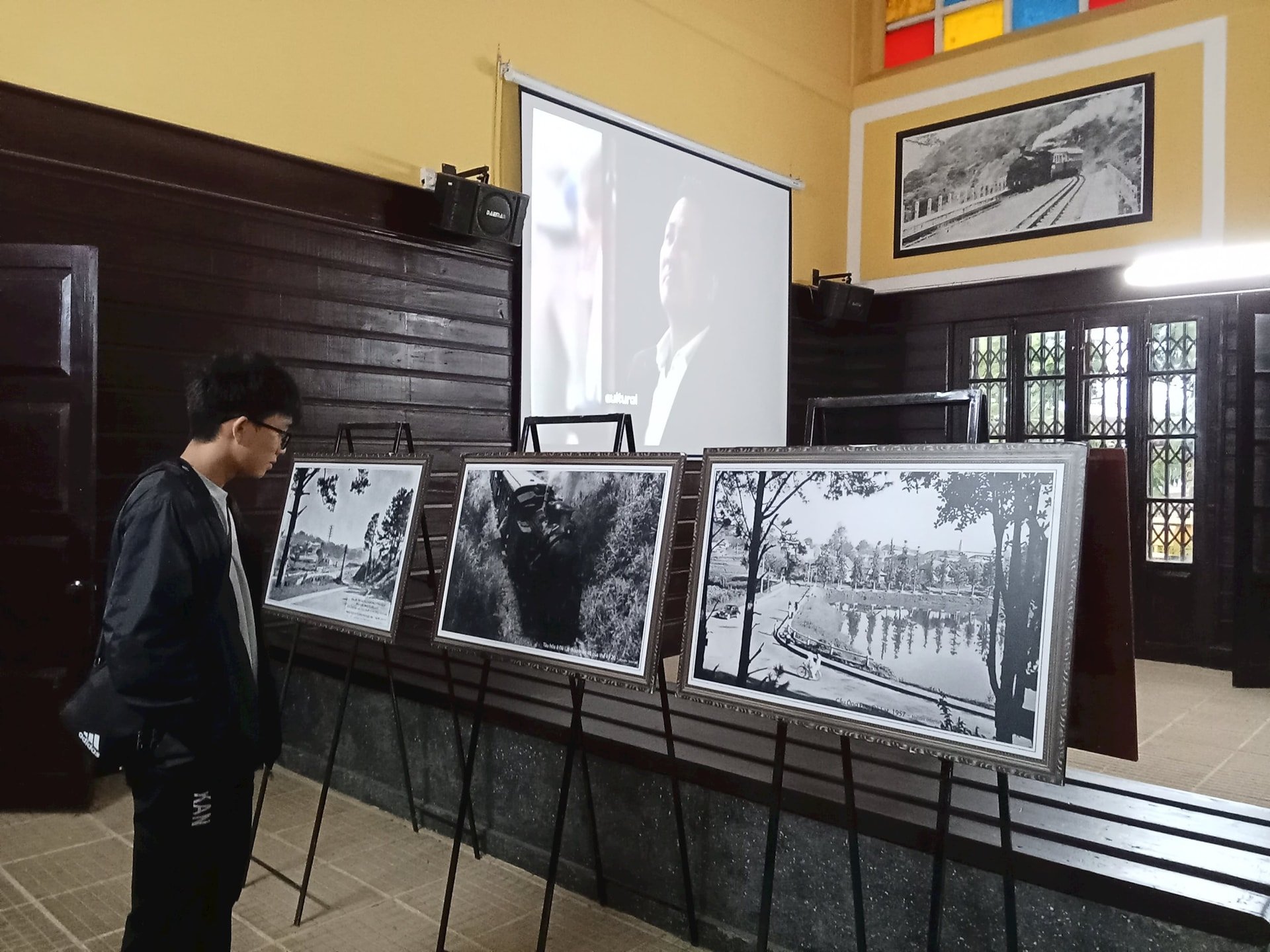
“Da Lat station is no longer used for transportation but is a tourist station. With a 7km route, the train will take visitors to explore the mountain town. Although it runs very slowly and the train engine makes a loud noise, it is very interesting.” The very clever invitation of the ticket seller made us nod and “abruptly” take out our wallets to buy tickets, the price for each ticket for one person is 142,000 VND (round trip ticket).
It is also known that: In our country, coal-fired steam locomotives have been replaced by diesel locomotives for a long time, so now only at Da Lat Station and a few other stations such as Vinh Station, for example, steam locomotives are still displayed for train passengers to "admire the past".
After a long wait, it was finally time for passengers to board the train. Excited, very excited indeed, we told each other to board the train and orderly find seats according to our tickets. These were wooden train cars, so as soon as we sat down, we felt something very exciting. Memories of steam locomotive trains with wooden cars and rows of benches along both sides of the train from the old days came flooding back. Remembering those years, every time I took the train, I was left with a time stamp. Those old trains often ran slowly, so the feeling of looking forward to the final station also came flooding back when I took the train to Da Lat today.
Looking around, we easily realized that in addition to the Vietnamese passengers from all over the country, there were also quite a few foreign passengers. I reached out to ask a tour guide. He was leading a group of foreign tourists. Those foreign passengers also expressed their eagerness to experience the same as us. They also sat with their heads turned to look out the window and pondered. I asked: "Can you tell me if the tourists in our group are Chinese or Korean?". Surprisingly, one tourist said "Korean", and immediately several other tourists in the group said "Korean" in unison. I suspected that there might be someone in this group who knew Vietnamese, but that doubt was cleared when the tour guide said: "They don't know Vietnamese, uncle. But when they saw you looking at them and asking, they understood what you wanted to ask."
The train started to depart. The familiar “melody” of the grinding wheels was still there. Before that, the receptionist had introduced to us: “This experience route is only about 7km long and takes about 20 minutes. That is, from Da Lat Station to Trai Mat Station. At Trai Mat Station, the train will stop for that amount of time so that passengers can get off the train to go sightseeing. Nearby is Linh Phuoc Pagoda, which is very beautiful and sacred. Visiting the pagoda is also a good thing, guys.”
The train continued to move steadily. Through the glass windows, we could also pull the glass aside to look around. We could see crowded streets. There were also sections where the train passed vegetable and flower gardens. It was a pity that the vegetable and flower gardens were now hidden by greenhouses, so we could only see houses, either individual houses or rows of houses, standing precariously on the mountainside.
After taking a few photos to help the group remember the moments of the train journey, my companion looked far away and said: “Da Lat is like that. The houses in the pine forest or the houses on the mountainside have created a picturesque beauty for this city of thousands of flowers”. My companion’s words sounded far away and seemed to be here, I thought it was not him who just spoke but the “sound” of Da Lat city speaking?
In a flash, the 20-minute train ride was over. We got off at Trai Mat Station (Ward 11). And in a flash, it was time to get back on the train to Da Lat Station. The train rumbled and grinded on the rails again. Passing through the window, Da Lat city began to light up. The light seemed to be painting a moving picture of the city.
Source: https://daidoanket.vn/trai-nghiem-hoa-xa-da-lat-10291022.html



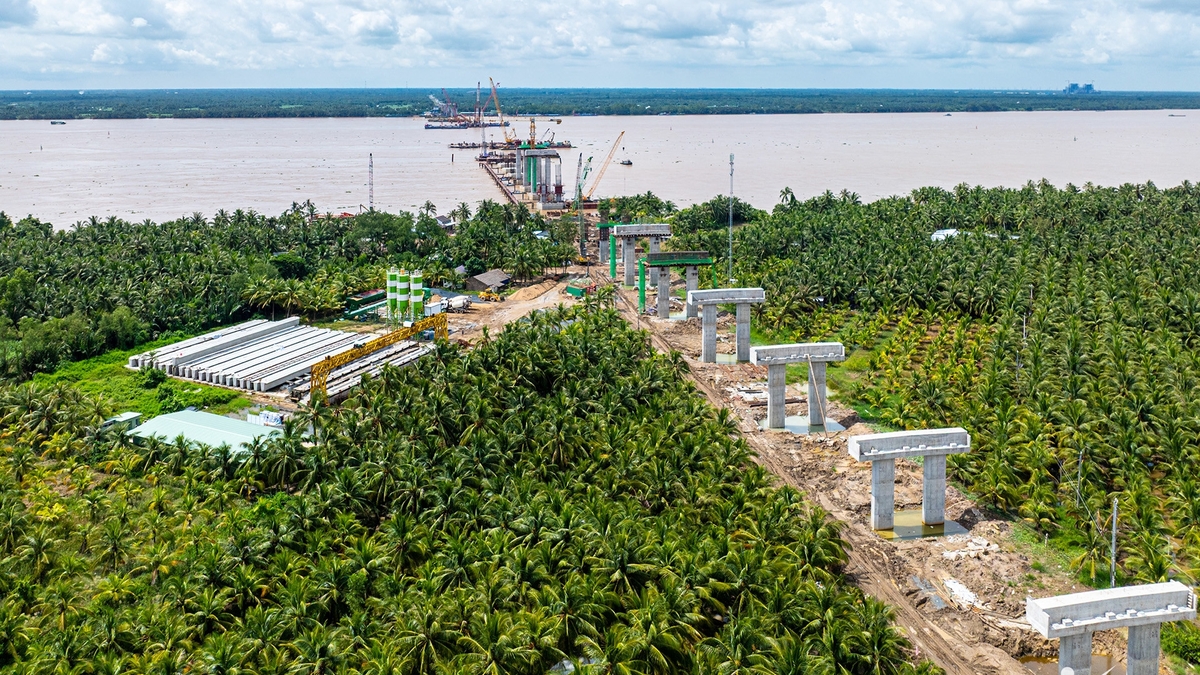
![[Photo] Prime Minister Pham Minh Chinh meets with representatives of outstanding teachers](https://vphoto.vietnam.vn/thumb/1200x675/vietnam/resource/IMAGE/2025/11/15/1763215934276_dsc-0578-jpg.webp)



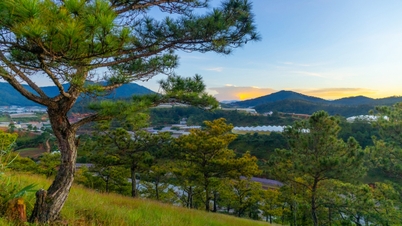














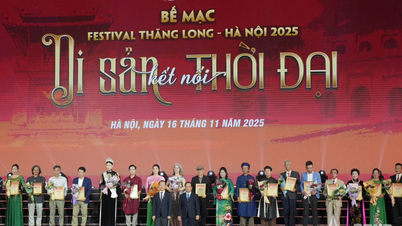















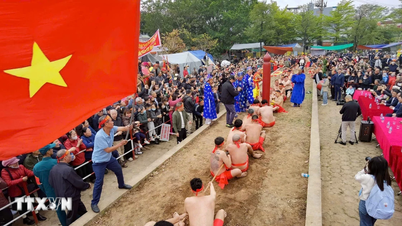
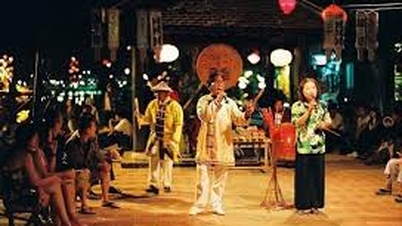





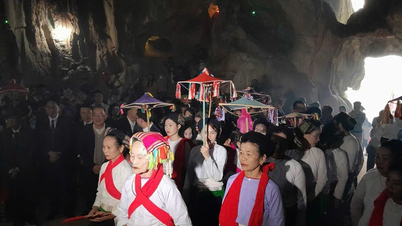








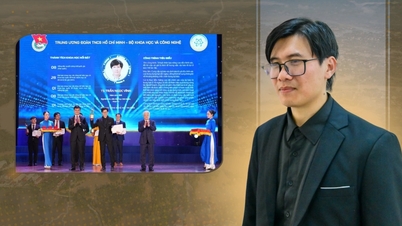


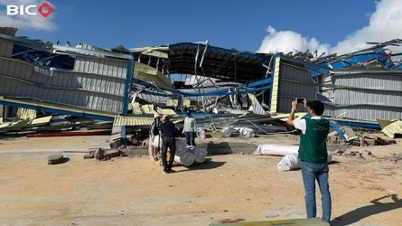


































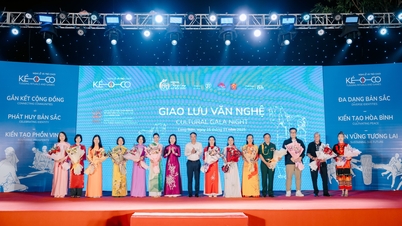
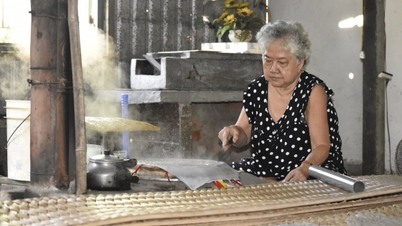


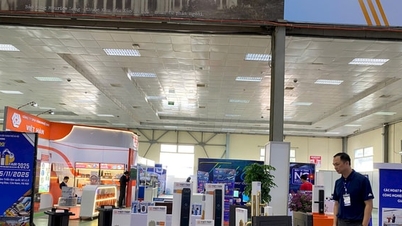







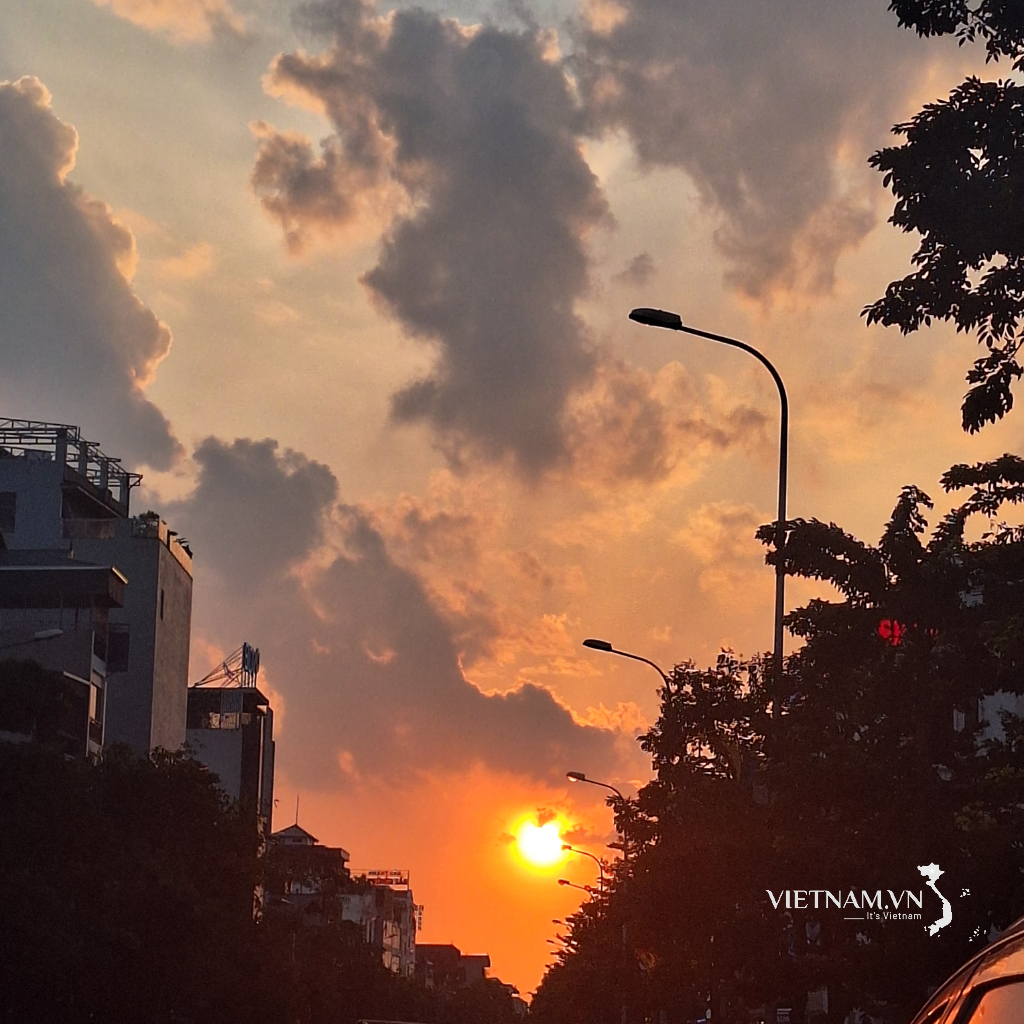

Comment (0)